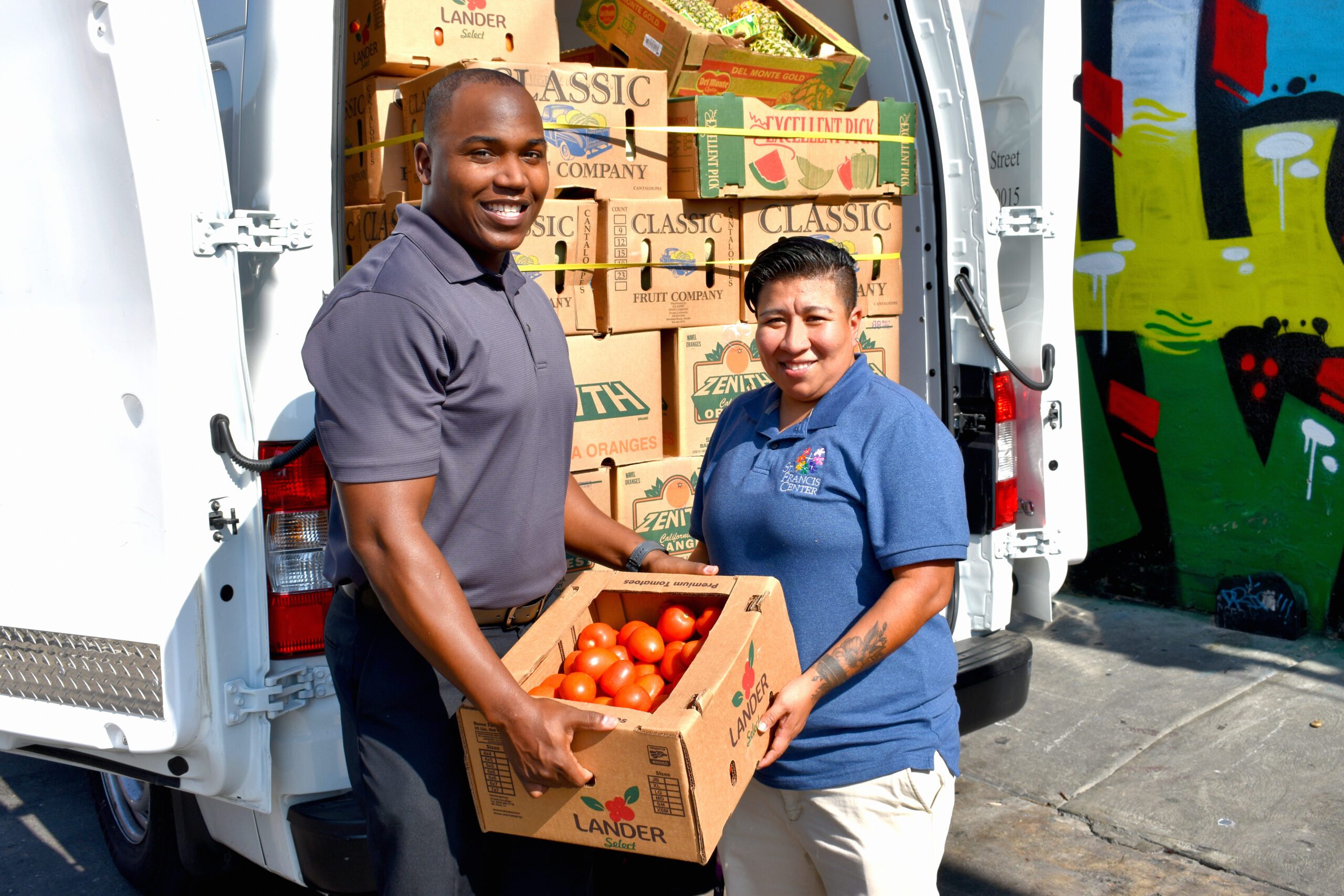
The USDA states that up to 40% of food in the United States goes uneaten1, while CalRecycle reports that food accounts for 18% of waste in California’s landfills2. Through anaerobic decomposition, this waste produces the second largest source of human-related methane in California. In Los Angeles County, 1.1 million people have limited access to food, making the County the largest food-insecure population in the United States3.
Feed People, Not Landfills! The World Food Summit defines food security as existing “when all people, at all times, have access to sufficient, safe, and nutritious food to maintain a healthy and active life.” One in seven Americans struggle with food insecurity, not knowing where their next meal will come from4. As of 2020, 8 million people in California are food insecure5.
California Requires Food Donation. As part of Senate Bill (SB) 1383, Edible Food Generators (considered Tier 1 and Tier 2) must:
Donate the maximum amount of surplus edible food
Hold written agreements with each donation partner
Maintain records of donated food and partner contacts
For more information on SB 1383 compliance, please visit AthensServices.com/SB-1383.
According to an analysis by the Green Restaurant Association, a single restaurant can produce approximately 25,000 to 75,000 pounds of food waste in one year 6.
By donating edible food, businesses may:
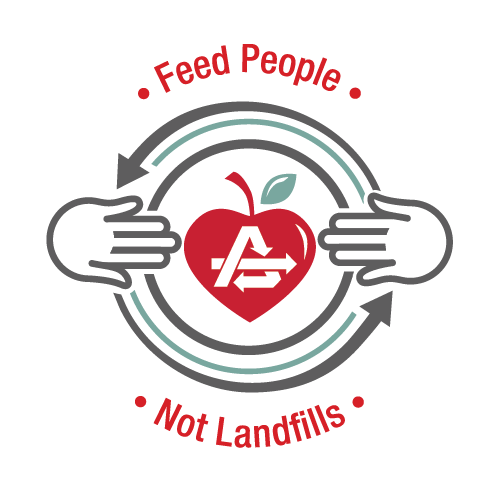
Food donations are legally protected and supported by the California Department of Public Health. The California Good Samaritan Food Donation Act (AB 1219) provides liability protections for entities that make good faith donations of surplus food. The federal Bill Emerson Good Samaritan Food Donation Act also protects businesses from civil and criminal liability, should donated products cause any harm to the recipient. For further information, please contact your county’s Department of Public Health or connect with your local food recovery partner.
Acceptable items may vary among food recovery organizations. Permitted food service establishments, processors, and distributors may donate* the following to nonprofits and directly to individuals:
* Food previously served to a consumer generally cannot be donated.
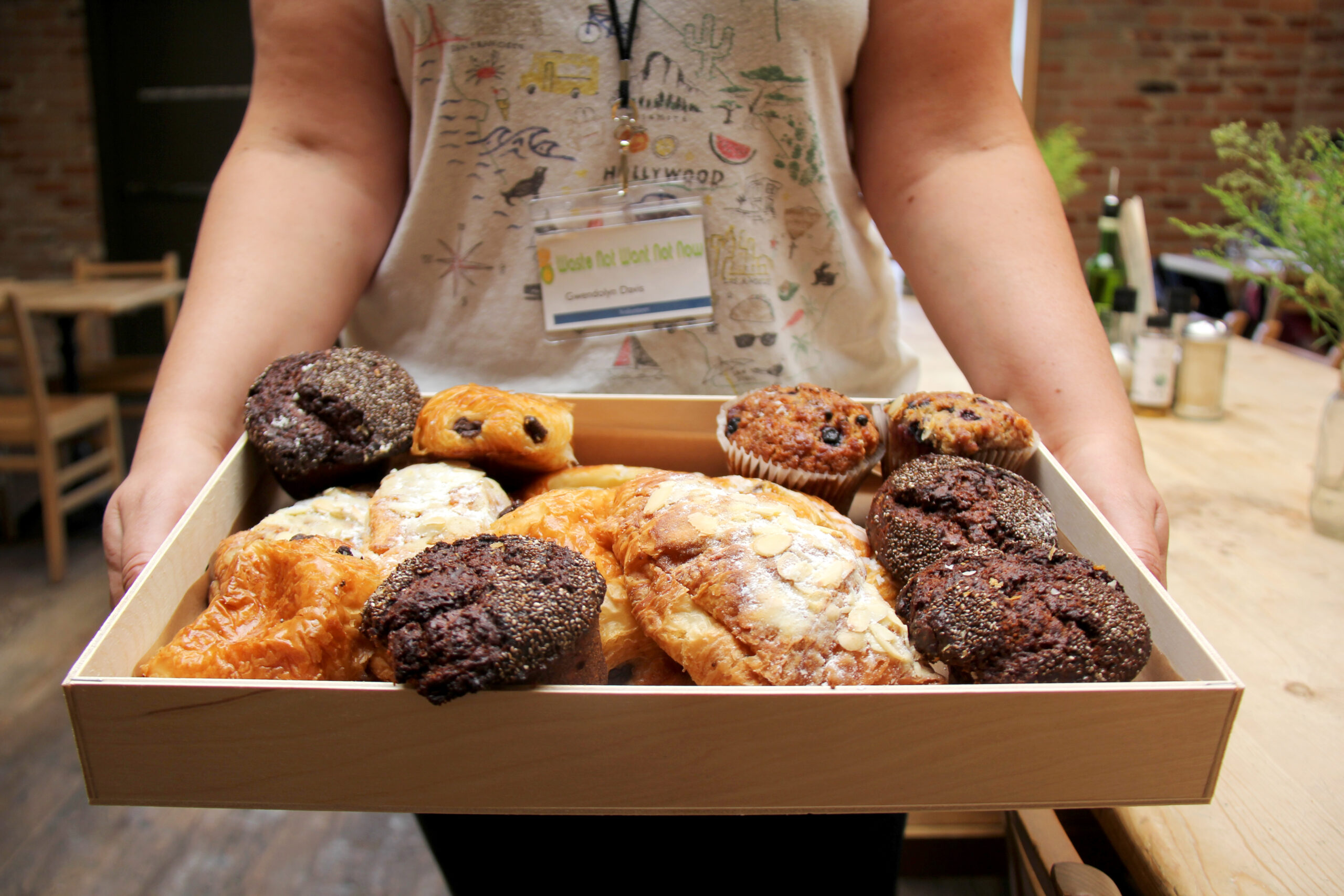
Contact your food recovery partner to learn what kinds of foods they collect and to coordinate a pick-up.
Confusion over date labels is estimated to contribute to about 20% of wasted food 7. Food date labels generally indicate quality, not safety. The California Good Samaritan Food Donation Act explicitly states that the donation of past-date food is subject to liability protection. There is no federal food-date labeling law. Your food recovery partner will work with you to decipher when food can and cannot be donated.
Check out Athens’ Decoding Food Date Labels video for tips on how to truly assess food quality.
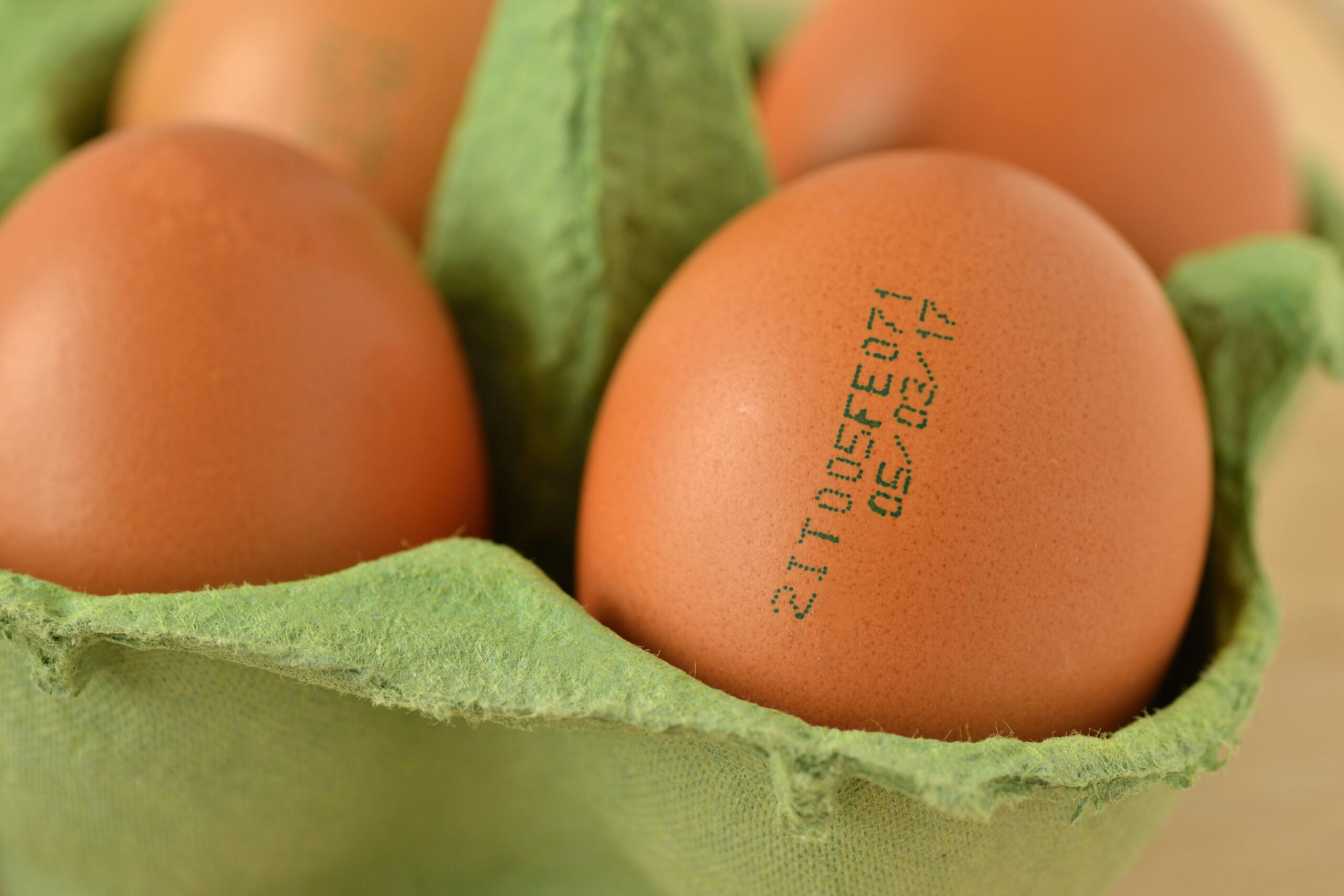
Identify and contact a food recovery partner or contact the Athens Customer Care Center (888) 336-6100 for more information.
Collect edible food per your food recovery partnership agreement.
Arrange pick up from your food recovery partner.
Tips for Donating
Food recovery organizations arrange the collection of donated food from your place of business and deliver to nonprofit recipients like shelters, food kitchens, pantries, and missions. Experienced food recovery organizations can assist businesses with food donation setup, needs, and concerns. Prior to donating, please be sure to arrange an initial meeting to discuss partnership logistics.
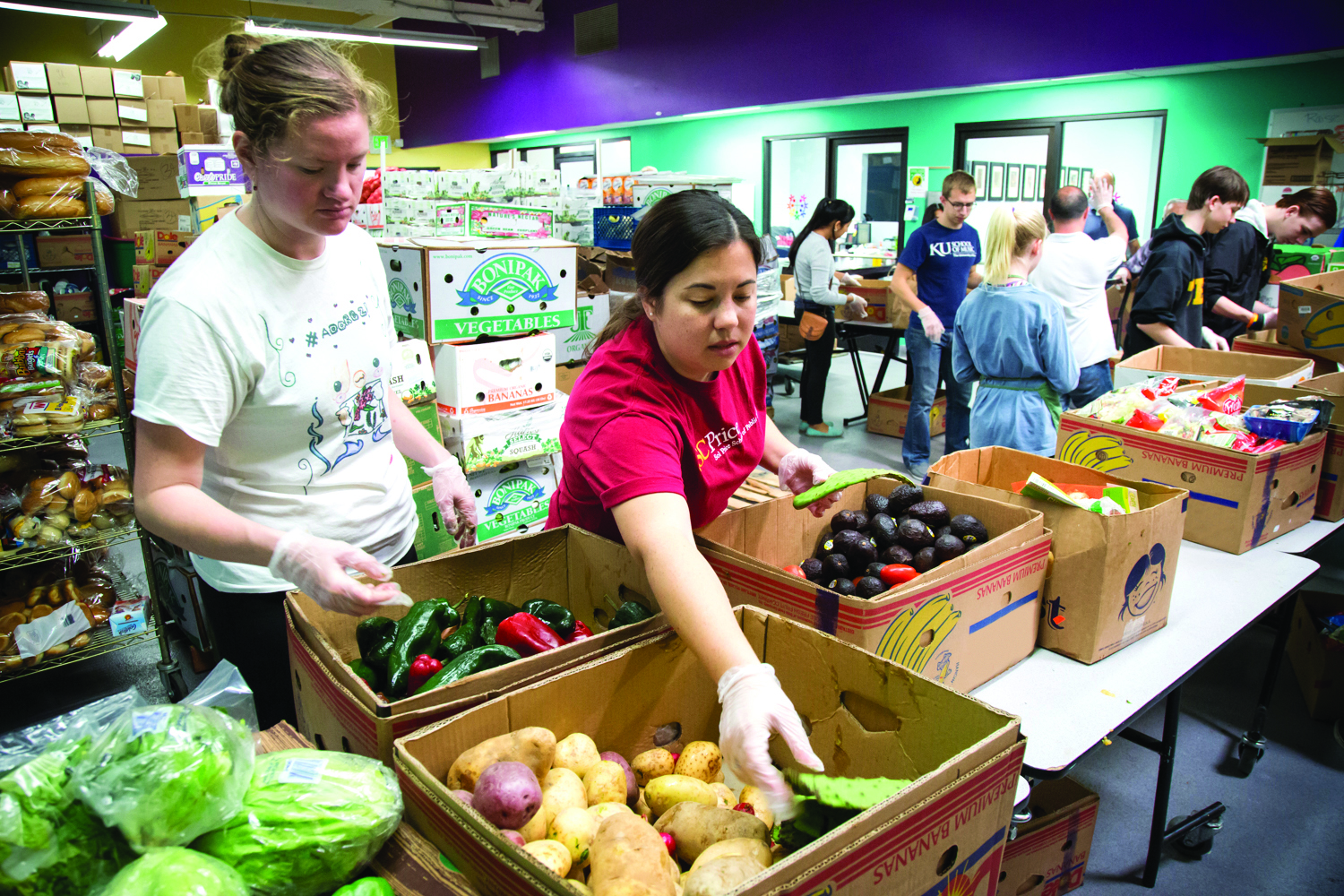
Please contact the food recovery organization prior to donating to verify what they can and cannot accept. If your city is not listed, choose “General Directories” to find a food recovery partner.
If your business is in City of Los Angeles, please click here to identify your food recovery partners.
Managing food before it goes bad can be a balancing act for households and businesses. Fortunately, simple actions like changing purchasing habits, meal planning more efficiently, and practicing better food storage organization can help reduce food waste at the source.
For residential tips on storage, recipes, and using a food waste “Guest-imator,” visit CalRecycle.CA.gov/Organics/Foodwaste
Food Recovery in LA County: The EPA provides source reduction tools, success stories, and donation options specific to Los Angeles County.
EPA Tools for Preventing and Diverting Wasted Food: The EPA provides a variety of resources to encourage sustainable food management, including tools for food waste assessments and audits, reducing wasted food and packing, webinars, and school resources. Their Peer-to-Peer Exchange Webinars offer case studies of successful food waste reduction programs in educational institutions and restaurants.

Los Angeles County Food Redistribution Initiative (LACFRI): The LA County Department of Public Health provides resources to the public about safe methods to prevent, donate, and recycle excess food. Their toolkit includes a Guidance for Food Operators brochure, share table guide for schools, and additional resources.
Los Angeles Food Policy Council (LAFPC): The Food Waste Prevention & Rescue Working Group promotes strategies for food waste prevention, food recovery and donation, and composting. Their toolkit includes the #FreetheFood Impact Guide and Los Angeles Area Food Recovery Guide.
Save the Food: The National Resources Defense Council (NRDC) provides planning, storage tips, and tools to reduce edible food waste. Their campaign includes an interactive storage guide, guest-imator, and tips for cooking with food scraps.
Directories
Food Donation App

We use cookies to collect anonymous data about how our site is used and to support features from our trusted partners. This helps us improve your experience. We never sell your data.
If you wish to opt-out, select the X at the top right.
Copyright (C) 2025 Athens Services. All Rights Reserved.
